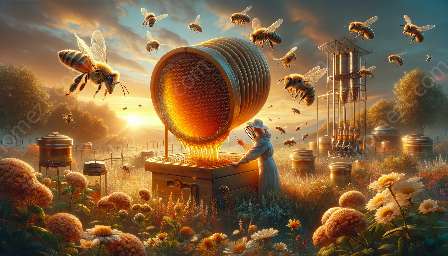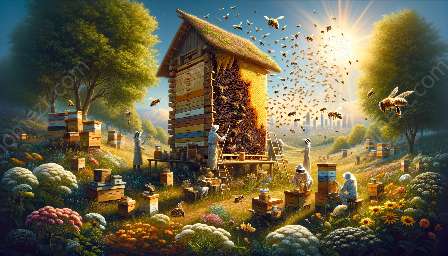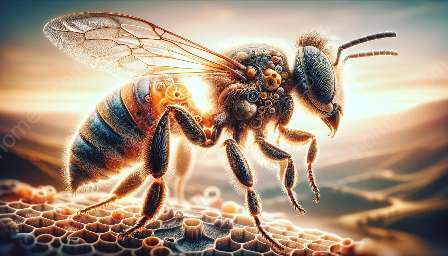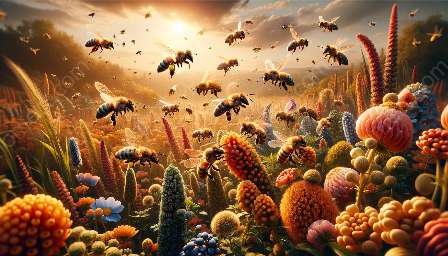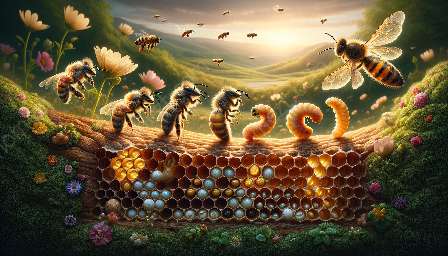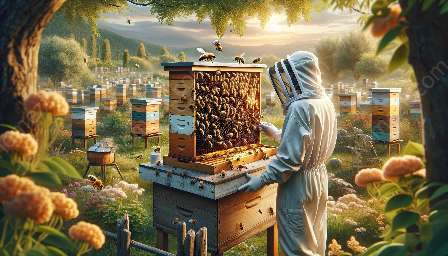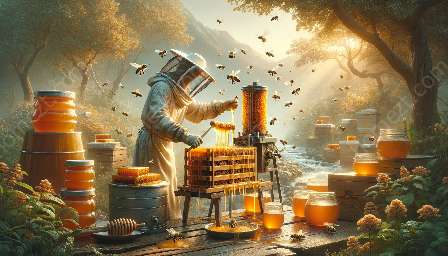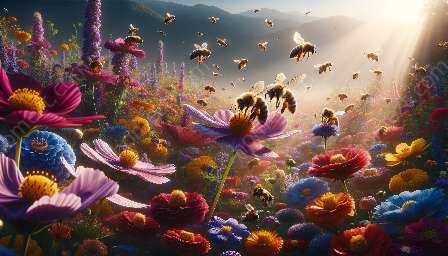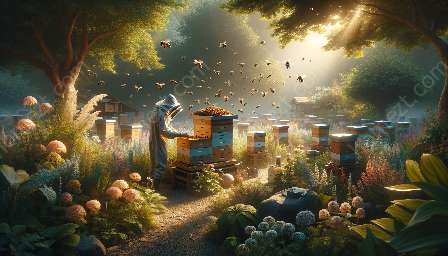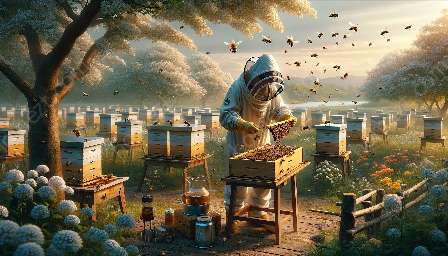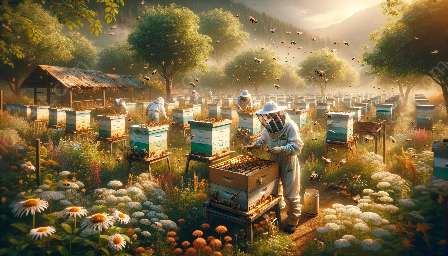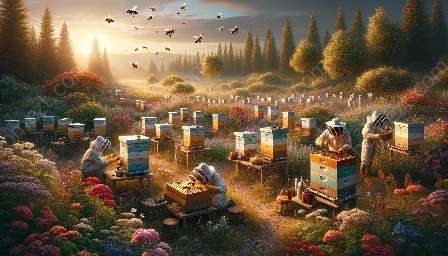Beekeeping is a captivating and vital practice that involves nurturing and managing bee colonies for honey production, pollination, and ecosystem balance. Central to the vitality of a bee colony is the presence of a queen bee, whose role in the colony is irreplaceable. Queen bee rearing, an essential aspect of beekeeping, not only ensures the sustainability of bee colonies but also contributes to managing pest control in apiaries.
Understanding the Significance of Queen Bee Rearing
The process of queen bee rearing involves the intentional production of queen bees to replace aging or failing queens and maintain the vitality of the colony. A well-maintained queen bee contributes to the stability and productivity of the colony, as she is responsible for laying eggs and maintaining the overall morale and organization of the hive. By carefully selecting and nurturing queen bees, beekeepers can influence the behavior, health, and productivity of their colonies.
Techniques for Queen Bee Rearing
Successful queen bee rearing relies on a thorough understanding of the biological factors that contribute to the development and quality of queen bees. Beekeepers employ various methods to rear queen bees, such as grafting, cell punching, and the Cloake board method. These techniques involve manipulating the larvae, creating queen cells, and providing the necessary conditions for the queen bee to develop fully.
- Grafting: Grafting involves transferring young larvae into specifically designed queen cups, where they are nurtured into queen bees in controlled conditions.
- Cell Punching: This method involves punching out small discs of brood comb containing pre-selected larvae and transferring them to queenless hives for rearing.
- The Cloake Board Method: This method involves temporarily separating the queen from the main colony to induce queen cell production and subsequently rear the new queen bee.
Benefits of Queen Bee Rearing
Queen bee rearing offers numerous benefits to both beekeepers and the sustainability of bee colonies. By actively managing queen bee production, beekeepers can ensure a consistent supply of healthy and productive queens, leading to stronger and more productive colonies. Additionally, rearing queen bees allows for genetic diversity and the development of resilient bee populations that can adapt to environmental challenges.
Impact on Pest Control
Furthermore, queen bee rearing plays a critical role in pest control within bee colonies. A well-maintained queen bee contributes to the overall health and vigor of the colony, making it more resilient to pest infestations. Additionally, through selective breeding and rearing of queen bees, beekeepers can develop colonies with enhanced pest resistance, thereby reducing the reliance on chemical pest control methods that may harm the overall bee population and ecosystem.
In conclusion, queen bee rearing is a vital practice that not only ensures the sustainability and productivity of bee colonies but also contributes to effective pest control. By understanding the significance, techniques, benefits, and impact of queen bee rearing, beekeepers can actively contribute to the health and conservation of bee populations and their surrounding ecosystems.


